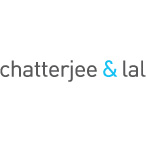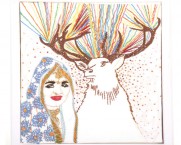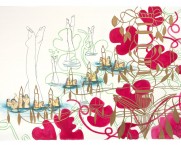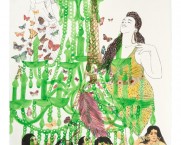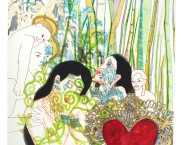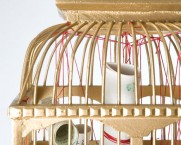C&L Shows
Love Letters and Other Necessary Fictions
Swati Khurana
2010
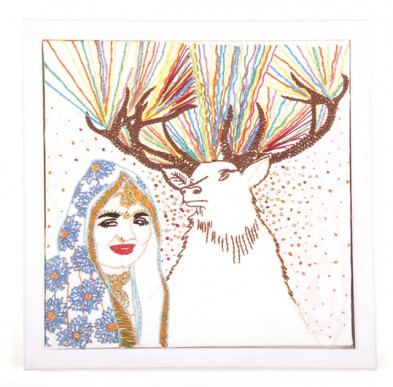
Overview
Chatterjee & Lal is pleased to present New York based Swati Khurana’s debut solo exhibition in India, Love Letters and Other Necessary Fictions. The artist is showing works from a number of projects that she has been working on for the past two years. As an Indian immigrant woman her work explores gender, ethnicity and the seductive promises of rituals. Revisiting her large, traditional Hindu wedding composes a large part of her artistic practice, through video, sculpture, collages and drawings.
Khurana is showing, for the first-time, Five Day Wedding, a large carousel pop-up book. Here Khurana digitally combined drawings of her own traditional Hindu wedding photos with found images of sumptuous imperial architecture, ethnic-chic interior design, and animal coloring books. She constructed these collages to create disorienting spaces of captivity and domesticity for the figures of the bride as she is contained within these interior spaces. Under the glossy and ironic aesthetic of consumer-age pastiche lays a darker world of entrapment.
In Ten Years Later, Khurana looks at the mythmaking in her own life. She has made a series of sculptures, in which a decade of love letters written to and by the artist, her engagement ring, and wedding jewelry are all suspended in found and altered bird cages.
In the on-going embroidery project, Bridal Trousseau, Khurana has made drawings that evoke her self-portrait-as-bride images, along with other figures, combined with different animals and environments on fabric. Without instruction, her maternal and paternal grandmother (one lives in Pune, the other in New York) embroidered onto these drawings. The grandmothers became unintentional collaborators with both the artist and each other, conversing on fabric through needle and thread. They worked on the pieces separately and re-met each other a few days before the exhibition opening, after over thirty years.
Khurana’s drawings, Witching Hour, explore the seams of layering drawings with xerox transfer printmaking. The vignettes explore desire as a state of a longing. Devotional Indian women appear and reappear with the artist’s on-going lexicon of chandeliers, bamboo forests, architectural spaces, lively animals, Bollywood film stills, blooming plants, and family photos.
